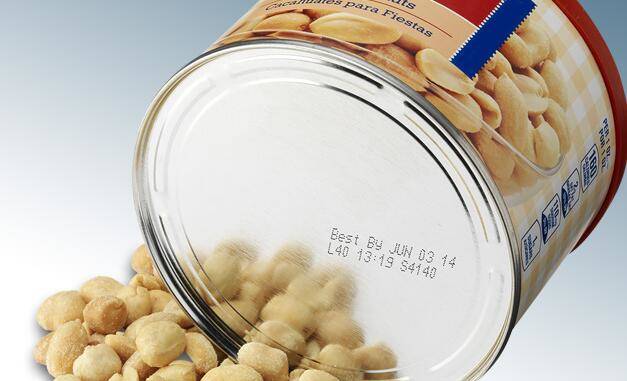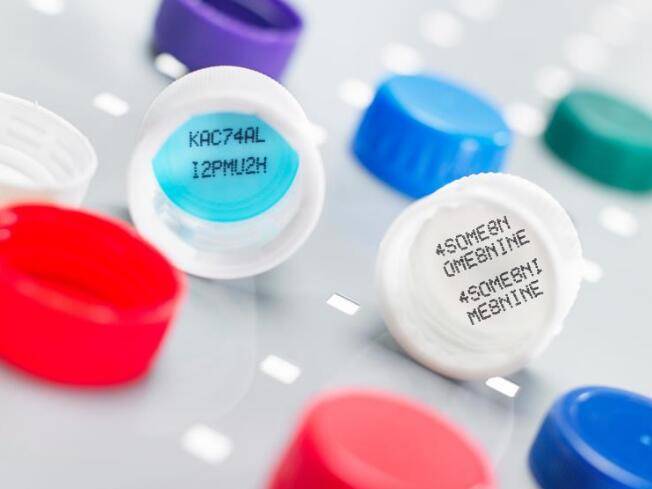
Returning Customer
I am a returning customer
Register Account
If you already have an account with us, please login at the login form.
Your Account Has Been Created!
Congratulations! Your new account has been successfully created!
You can now take advantage of member privileges to enhance your online shopping experience with us.
If you have ANY questions about the operation of this online shop, please e-mail the store owner.
A confirmation has been sent to the provided e-mail address. If you have not received it within the hour, please contact us.
Account Logout
You have been logged off your account. It is now safe to leave the computer.
Your shopping cart has been saved, the items inside it will be restored whenever you log back into your account.
Inkjet technology is increasingly viewed as more than just a printing or marking technique. It can also be used to apply coatings, to deposit precise amounts of materials, and even to build micro-or macro-structures.The introduction of industrial inkjet technology into manufacturing environments has the potential to make a revolutionary step-change.
The benefits of inkjet technology are significant and include:
The reduction of manufacturing costs
Provision of higher quality output
Conversion of processes from analogue to digital
Reduction in inventory
Printing onto very large,very small, fragile or non-flat substrates
Reduction of waste
Mass customisation
Faster prototyping
Implementation of just-in-time manufacture.
How does inkjet technology work?
In theory, inkjet technology is simple- a printhead ejects a pattern of tiny drops of ink onto a substrate without actually touching it. Dots using different coloured inks are combined together to create photo quality images.
In practice however, successful implementation of the technology is very complex. The dots that are ejected are smaller than the diameter of a human hair (70 μm), and they need to be positioned very precisely to achieve resolutions as fine as 1440x1440 dots per inch (dpi).
This precision requires multi-disciplinary skills: a combination of careful design, implementation and operation across physics, fluid mechanics, chemistry and engineering.

Industrial inkjet printing essentially means using inkjet technology as a printing or deposition process in manufacturing or on production lines - a similar principle to the inkjet printer on your desktop but very different in scale.

Industrial inkjet printing systems, and the industrial inkjet print heads they are based on, are broadly classified as either continuous (CIJ) or drop on demand (DOD), with variants within each classification.
As the name implies, continuous inkjet technology ejects drops continuously from the printhead. These drops are then either directed to the substrate as printing drops or to a collector for recirculation and re-use. While drop on demand technology ejects drops from the printhead only when required.
